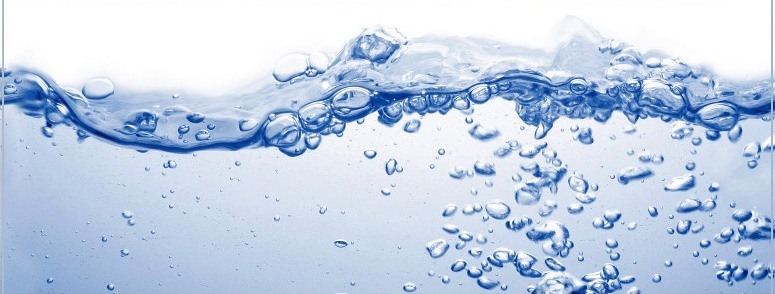
Water is one of the most widely used substances, and raw material, or an ingredient in the production, processing, and formulation of pharmaceuticals. Control of the organic and inorganic impurities and microbiological quality of water is important because proliferation of micro-organisms ubiquitous in water may occur during the purification, storage, and distribution of this substance.
Although there are various quality grades of water used for pharmaceutical purposes, all kinds of water are usually manufactured from drinking water or comparable grade water as a source water.
Grades of water are closely related to the manufacturing methods and distribution systems of water. Major differences among these grades of water consist of the following quality attributes:
- Microbial counts
- Endotoxin, which is due to the presence of microbes
- Organic and Inorganic impurities
Grades of water specified in the compendia (USP) are classified according to the quality attributes as:
- Portable water
- Purified water
- Water for injection
- Sterile water for injection
- Sterile water for inhalation
- Sterile water for irrigation
- Sterile bacteriostatic water for injection
Selection of Water for Pharmaceutical Purposes
The quality attributes of water for a particular application are dictated by the requirement of its usage. Sequential steps that are used for treating water for different pharmaceutical purposes include:
- Softening
- Dechlorination
- Deionization
- Reverse Osmosis
- Ultrafiltration
- Distillation
The manufacturing method and distribution system also have a close relationship with the construction design of facilities and equipment. The most important items to consider are:
- Selection of the most suitable quality grade of water for its intended use.
- Determination of the water manufacturing system elements, including facility and equipment.
- Design of water manufacturing system, including the design of system equipment.
- After construction of the water system is completed based on its design, the system has to be scrutinized as to whether it has been built to design specification or not.
- After confirming the installation of facility and equipment, the quality of water produced is examined from various viewpoints according to the predetermined specifications.
- In the routine production of water, representative quality items of water have to be monitored to confirm the performance of normal operation, and if any undesirable trends or out of specification values are found, corrective action should be taken.
- The steps of checking design and construction, confirming proper installation and operation, and documenting these processes are collectively called qualification or validation.
Major items of quality attributes that should be controlled and specified for pharmaceutical use are:
- Organic Impurities
- Inorganic Impurities
- Particulates
- Microbes
- Endotoxins
Design Qualification of Water Systems
The quality attributes of water for a particular application are dictated by the requirements of its usage. Production of pharmaceutical water employs a combination of sequential unit operations that address specific water quality attributes.
The validation plan should be designed to establish the suitability of the system and provide a thorough understanding of the purification mechanism, range of operating conditions, required pre-treatment, and the most likely mode of failure. It is also necessary to demonstrate the effectiveness of the monitoring scheme and to establish the requirements for validation maintenance.
The selection of specific unit operations and design characteristics for a water system should take into consideration the quality of the feed water, the technology chosen for subsequent processing steps, the extent and complexity of the water distribution system, and the appropriate requirements.
In a system for WFI, the final process must have effective bacterial endotoxin reduction capability and must be validated for each specific bacterial endotoxin reduction capability and must be validated for each specific equipment unit. The final unit operations used to produce WFI have been limited to distillation, reverse osmosis and/or ultafiltration. Distillation has a long history of reliable performance for the production of WFI.
Other technologies, such as reverse osmosis and ultrafiltration, may be suitable in the production of WFI if they are appropriately validated for each specific set of equipment.





